Home>Ideas and Tips>How To Choose The Right Exterior Paint Colors
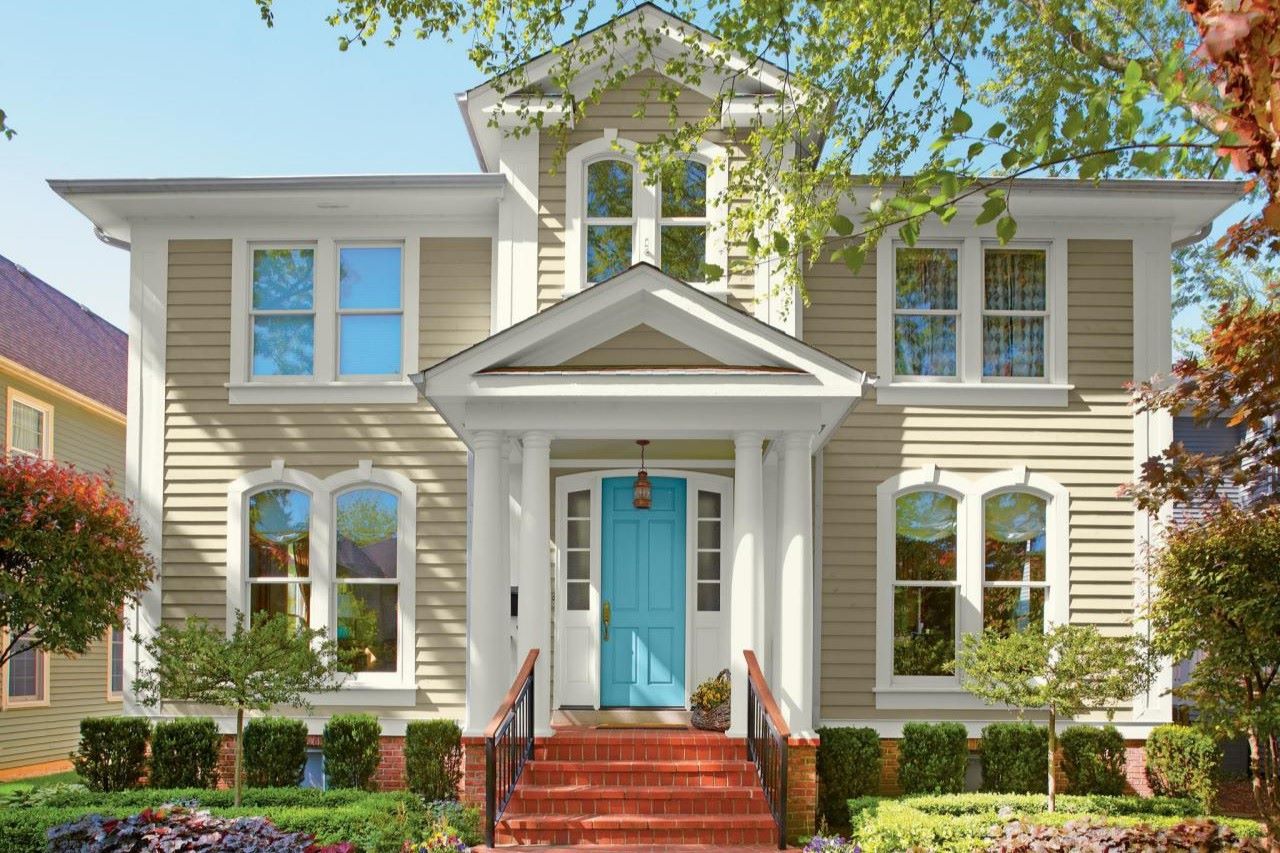

Ideas and Tips
How To Choose The Right Exterior Paint Colors
Modified: August 31, 2024
Learn how to choose the perfect exterior paint colors for your home with our step-by-step guide. Enhance curb appeal and make informed decisions.
(Many of the links in this article redirect to a specific reviewed product. Your purchase of these products through affiliate links helps to generate commission for Storables.com, at no extra cost. Learn more)
Choosing the right exterior paint colors for your home can be a daunting task. It's one of the most critical decisions you'll make when it comes to enhancing your home's curb appeal and overall aesthetic. The wrong color can make your home look dull and uninviting, while the right color can elevate it to a stunning masterpiece that stands out in the neighborhood. In this article, we'll guide you through each step of the process, providing you with the tools and insights needed to make an informed decision.
Step #1: Choose Your Shade First
The first step in choosing the right exterior paint colors is to decide on the shade of the color. By "shade," we mean whether you want a light, mid-tone, or dark color for the body of your home. This decision is often straightforward for many homeowners, but it's essential to consider the overall look you want to achieve.
- Light Shades: Light colors such as white, cream, or pale pastels can make your home appear larger and more welcoming. They are ideal for homes with smaller profiles or those that are situated in areas with plenty of sunlight.
- Mid-Tone Shades: Mid-tone colors offer a balance between light and dark shades. They are versatile and can complement various architectural styles. Examples include beige, gray, and taupe.
- Dark Shades: Dark colors such as navy blue, dark green, or charcoal can create a dramatic and sophisticated look. They are best suited for larger homes or those with bold architectural features.
When deciding on a shade, it's helpful to search for inspiration on platforms like Pinterest. For example, if you have a ranch-style home, searching for "ranch style home exteriors" can provide you with a variety of color options that might inspire you.
Step #2: Consider Your Roof Color (and Other Accent Colors)
Once you've decided on the shade of your exterior paint color, it's crucial to consider the color of your roof and other accent colors. The roof color can significantly impact how the exterior paint color appears.
-
Roof Color Impact: Daylight and sunlight can drastically change how your exterior paint color looks. This is because light can turn colors cool or blue, especially in areas with abundant sunlight. To counteract this effect, you need to choose a color that is at least 1-2 times warmer than your desired end color. For instance, if you want a color that looks like Sherwin Williams' "On the Rocks," you might need to choose a color that is 3 times warmer to offset the blue undertones.
-
Accent Colors: Accent colors such as those used for doors, shutters, and trim can add a pop of color to your home's exterior. These colors should complement the main body color and enhance the overall aesthetic. For example, a bright red door can stand out against a medium blue body color.
Step #3: Find Exterior Color Inspiration
Finding the right exterior color inspiration is essential for making a decision that you'll love. Here are some tips to help you find the perfect colors:
-
Nature-Inspired Colors: Take inspiration from nature. For beach homes, consider colors like pale shades of white, tan, blues, and pale greens that reflect the sand, water, and sky. For mountain homes, earthy tones such as browns and greens can blend seamlessly with the surroundings.
-
Architectural Style: Different architectural styles have their own color palettes that are historically accurate and aesthetically pleasing. For example, mid-century modern homes often use retro oranges, yellows, and greens while farmhouse styles typically stick to a monochromatic color scheme of white and black.
-
Pinterest Boards: Utilize Pinterest boards dedicated to exterior paint colors. These boards can provide a visual representation of various color combinations that might inspire you.
Step #4: Sample, Sample and Sample
Sampling paint colors is a critical step in choosing the right exterior paint colors. The impact of colors on exteriors can vary significantly based on factors like the direction your home faces and how much shading it receives.
-
Morning, Mid-Day, and Dusk Sampling: Test your paint samples at different times of the day—morning, mid-day, and dusk—to see how the color changes under various lighting conditions. This will help you avoid any unexpected undertones that might appear under different lighting conditions.
-
Multiple Test Areas: Apply multiple paint samples to different areas of your home's exterior to get a comprehensive view of how each color will look in different contexts.
Step #5: Consider Neighborhood and Landscape
The neighborhood and landscape around your home can also influence your choice of exterior paint colors. Here are some tips to consider:
-
Neighborhood Colors: Look around your neighborhood at other homes and natural scenery. If your home is nestled in a shady area with tall trees, you might choose a brighter hue to stand out. Conversely, if your home is in a more open area, a darker hue might make it recede into the background.
-
Landscape Influence: Consider the relationship of your home to the street and landscape. For example, if your home sits off the road surrounded by tall trees, you might select a slightly lighter or brighter hue to make it stand out.
Step #6: Harmonize with Fixed Elements
Exterior paint colors should harmonize with fixed elements around your house such as roof shingles or tiles, stonework, paths, and driveways. These elements can significantly impact how your chosen color looks and feels.
-
Roof Shingles/Tiles: Ensure that your paint color complements the color of your roof shingles or tiles. For example, if you have terra-cotta clay tiles on your roof, a soft pinkish neutral body color works well with them.
-
Stonework/Paths/Driveways: Consider the color of your stonework, paths, and driveways when choosing your exterior paint color. Earthy tones like browns and grays can blend seamlessly with these elements.
Step #7: Architectural Style Considerations
The architectural style of your home should guide your choice of exterior paint colors. Here are some tips based on common architectural styles:
-
Tudor Style: Tudor homes are characterized by exposed wooden beams and steeply pitched roofs. For a modern take, use neutrals with low contrast to create a clean backdrop for statement-making front doors.
-
Cape Cod Style: Cape Cod homes have a centered door, symmetrical windows, and a flat façade. They are often left unfinished with natural wooden shingles or painted white.
-
Victorian Style: Victorian homes are known for their intricate woodworking details and candy-colored exteriors. For a modern twist, use subtle lavender façades that reference historical palettes in a fresh way.
-
Mediterranean Style: Mediterranean homes feature stucco, tile, hipped roofs, and arched doorways. A soft pinkish neutral body color works well with terra-cotta roofs.
Conclusion
Choosing the right exterior paint colors is a multi-faceted process that requires careful consideration of various factors including shade, roof color, accent colors, neighborhood and landscape influence, harmonization with fixed elements, and architectural style. By following these steps and taking inspiration from nature and architectural styles, you can make an informed decision that enhances your home's curb appeal and overall aesthetic. Remember to sample your colors extensively and consider the impact of different lighting conditions to ensure that your final choice is both beautiful and durable.
By following these steps and tips, you'll be well on your way to selecting the perfect exterior paint colors for your home. Whether you're looking to boost your home's sale price or simply enjoy a great-looking home, choosing the right exterior paint colors is an investment that will pay off in the long run.
Was this page helpful?
At Storables.com, we guarantee accurate and reliable information. Our content, validated by Expert Board Contributors, is crafted following stringent Editorial Policies. We're committed to providing you with well-researched, expert-backed insights for all your informational needs.
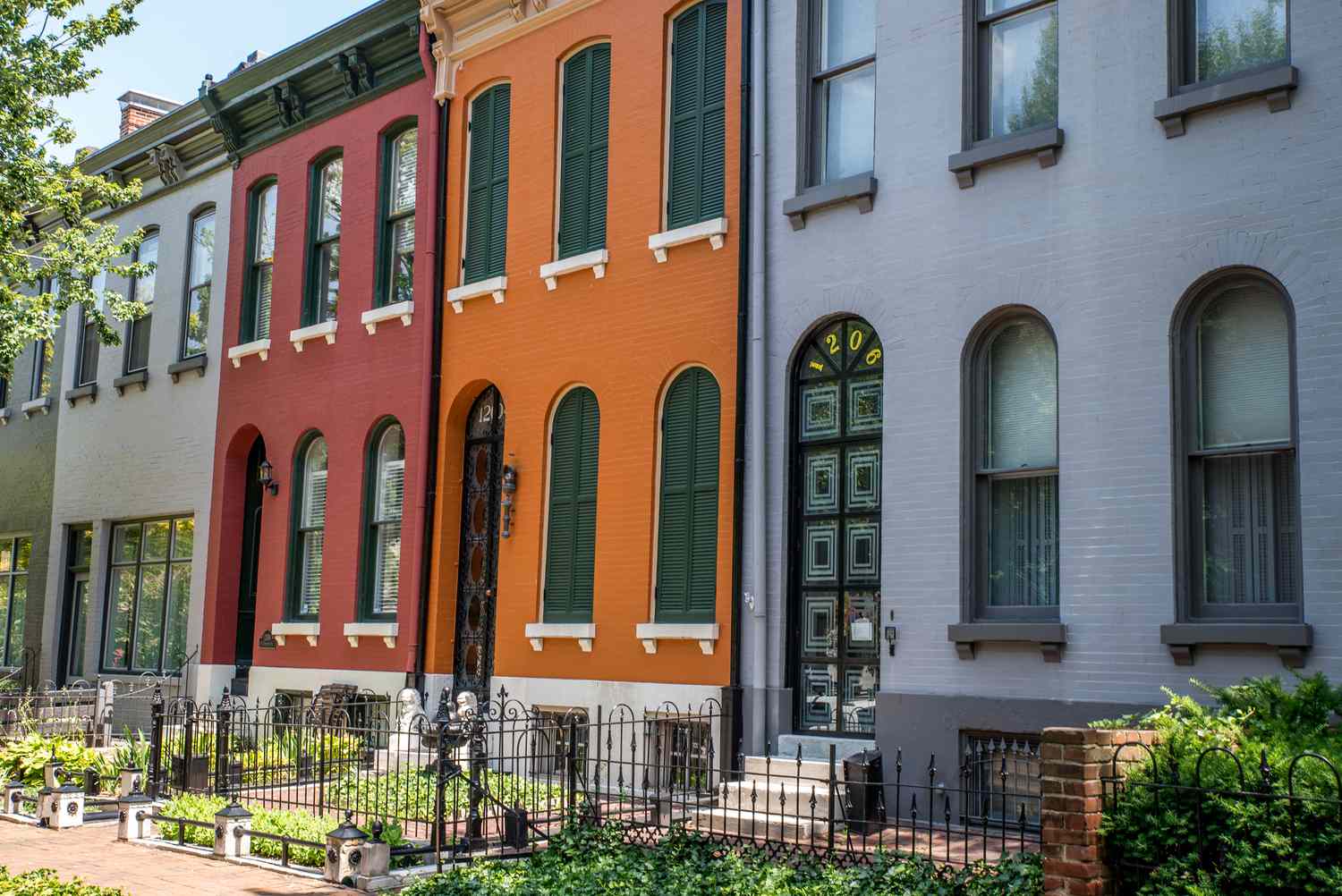
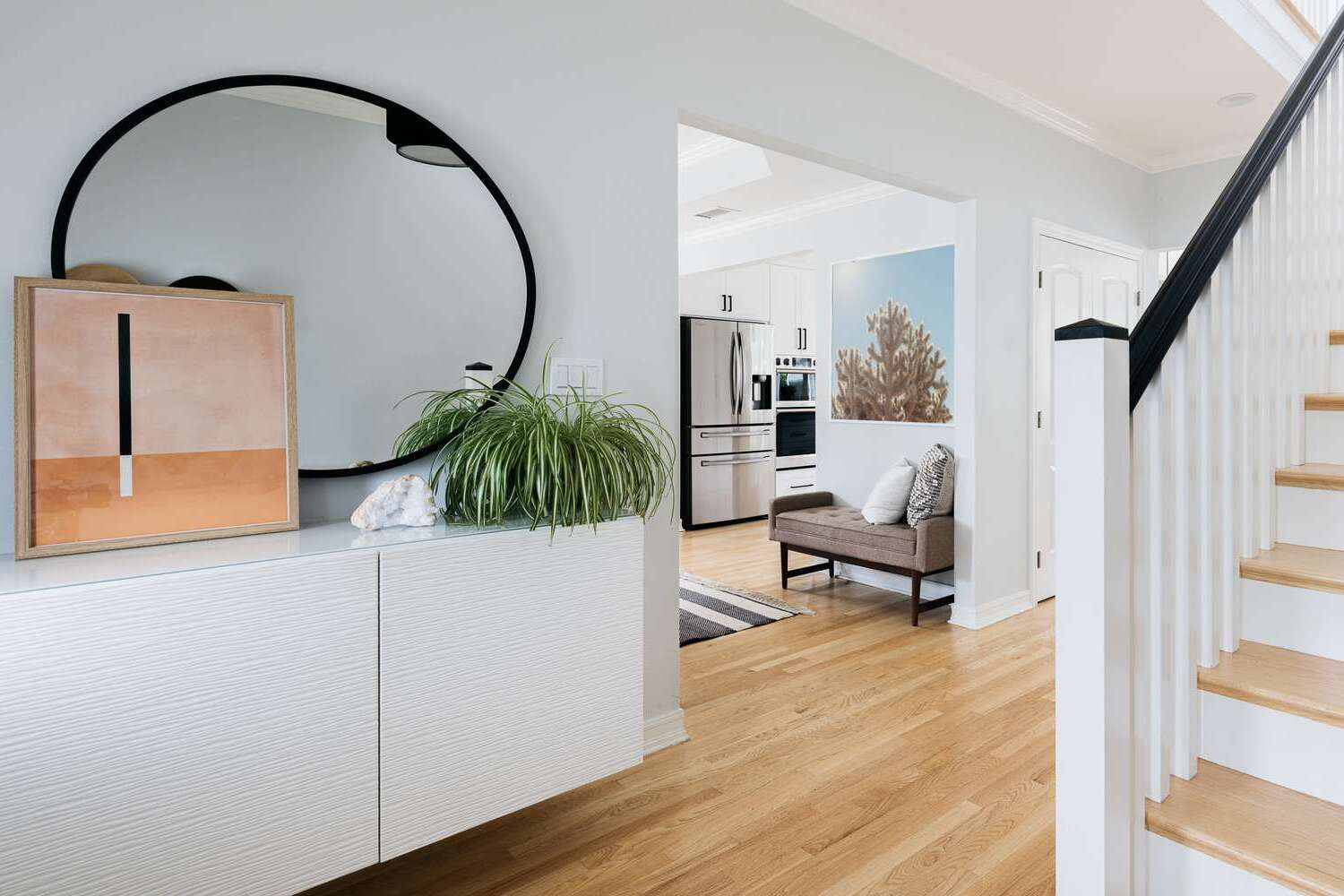
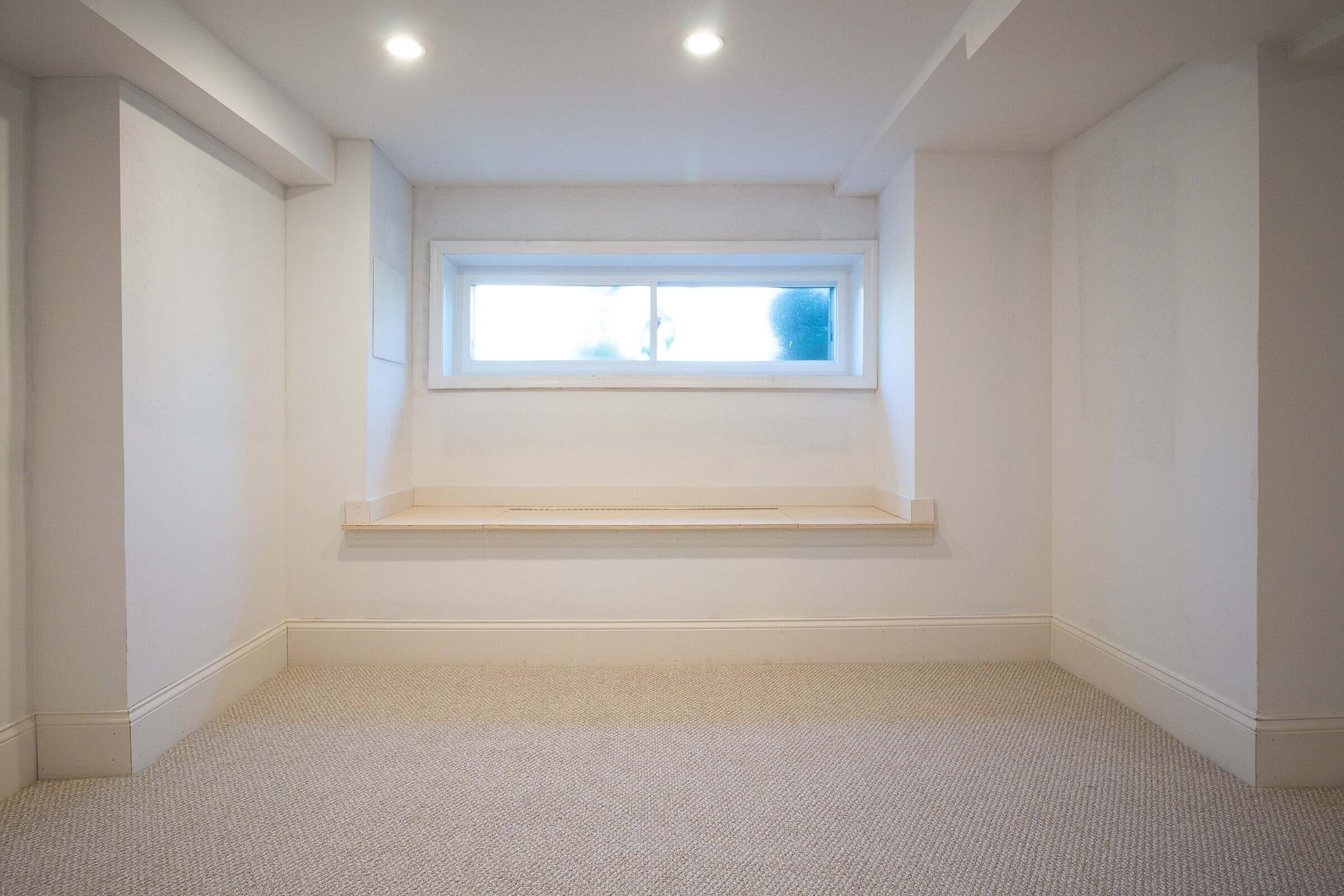
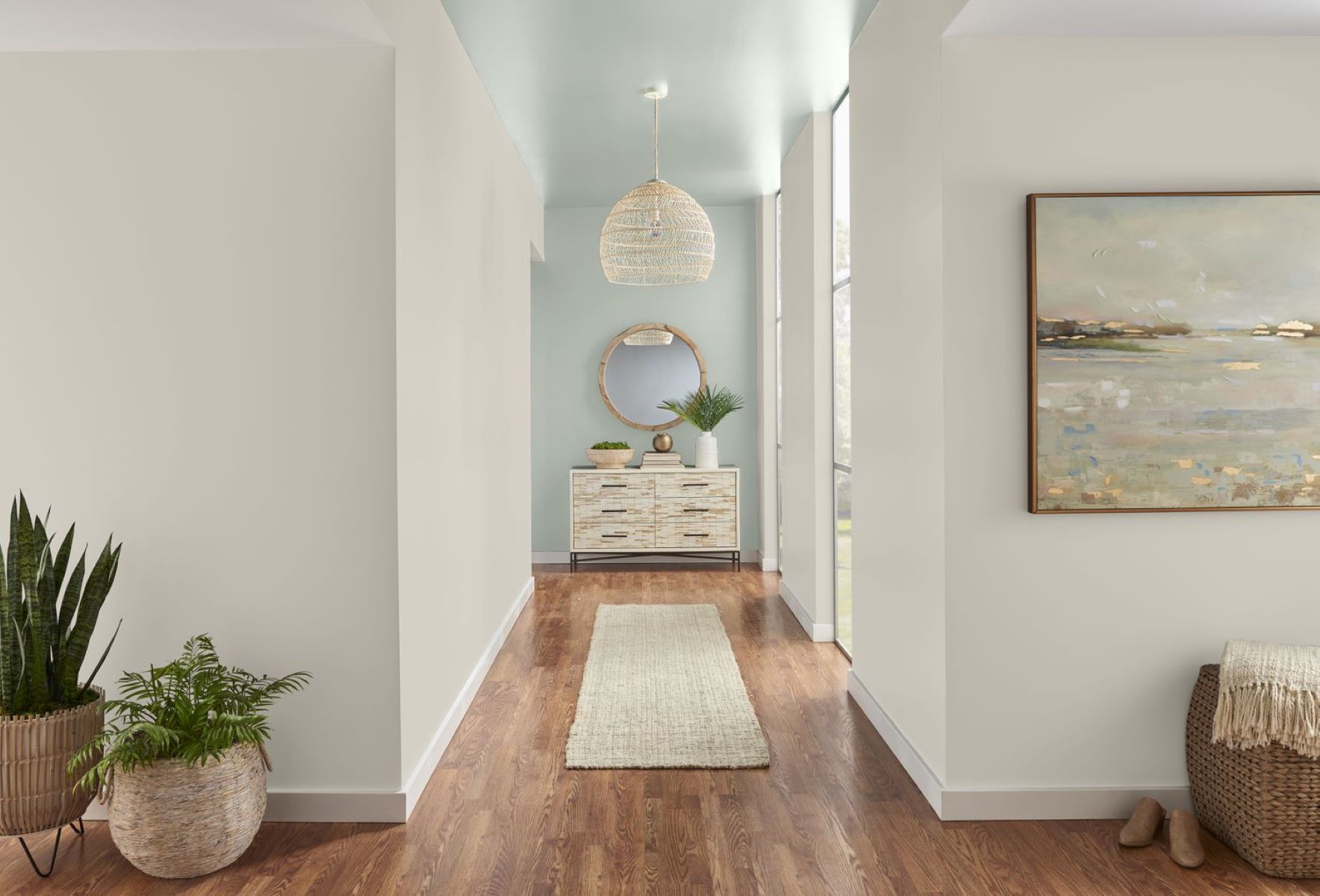
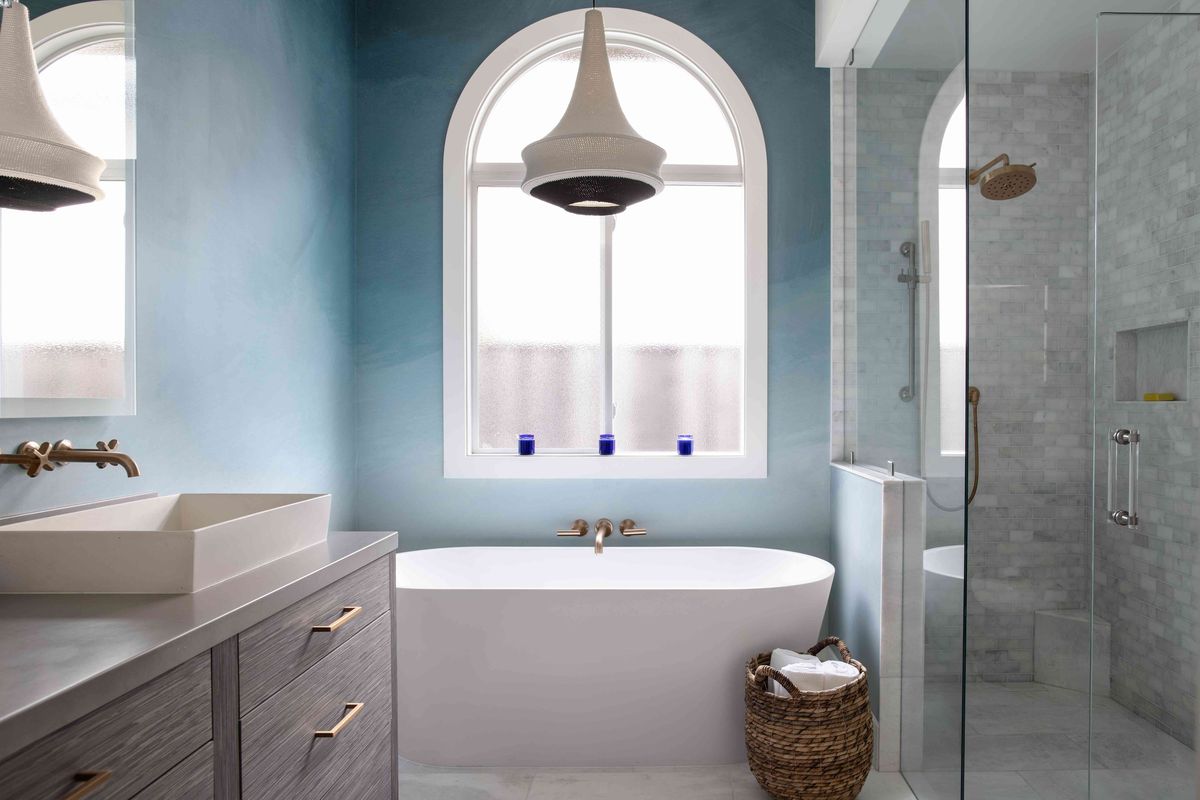
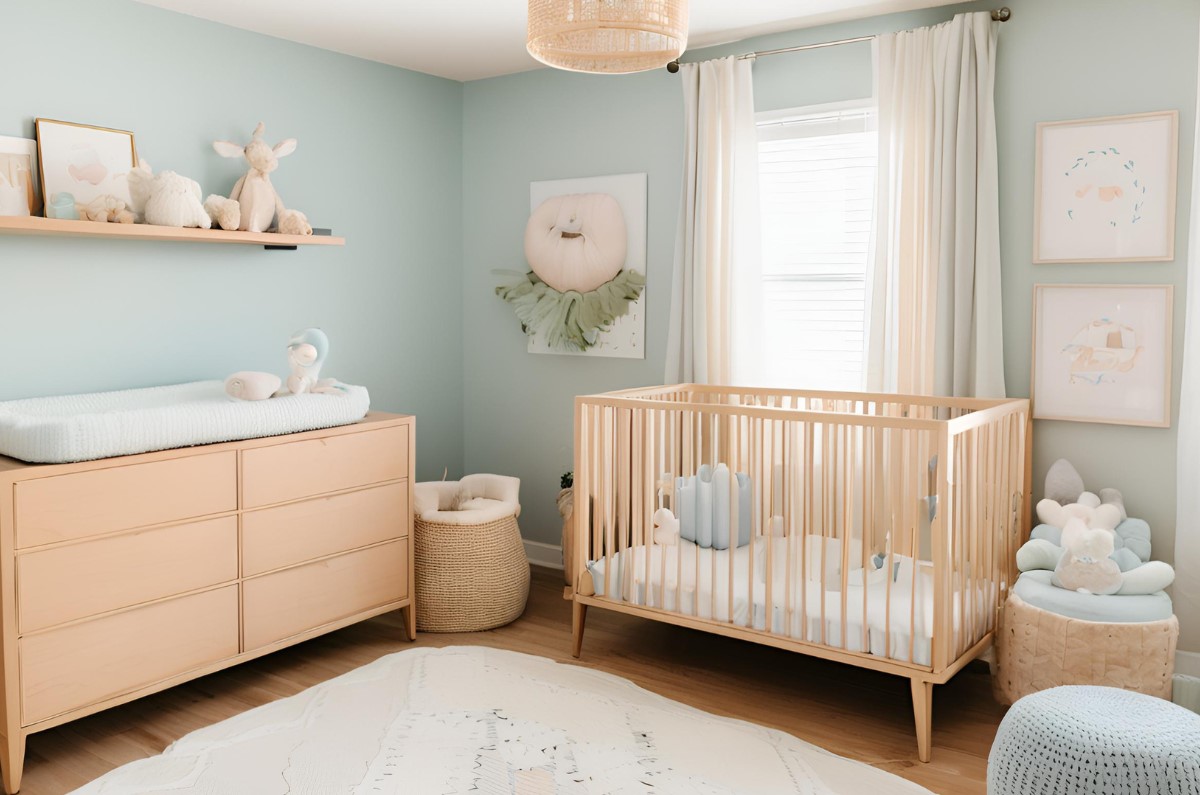
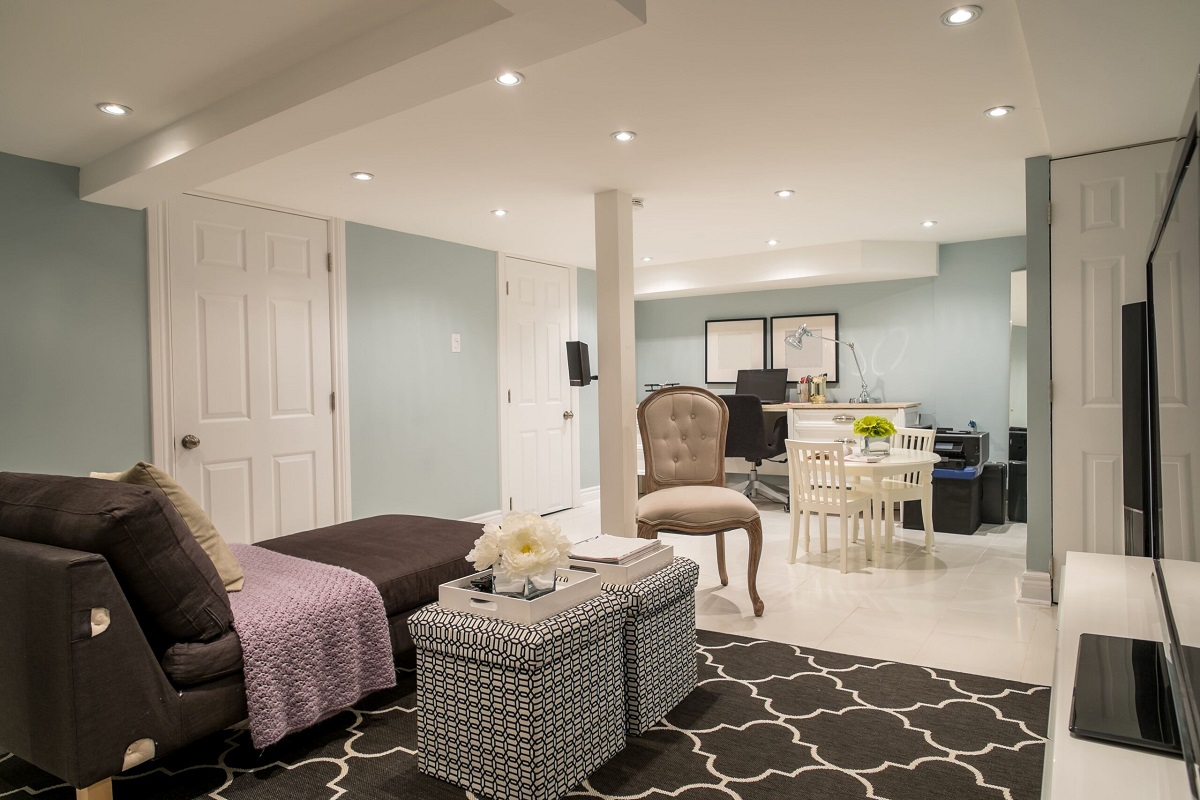
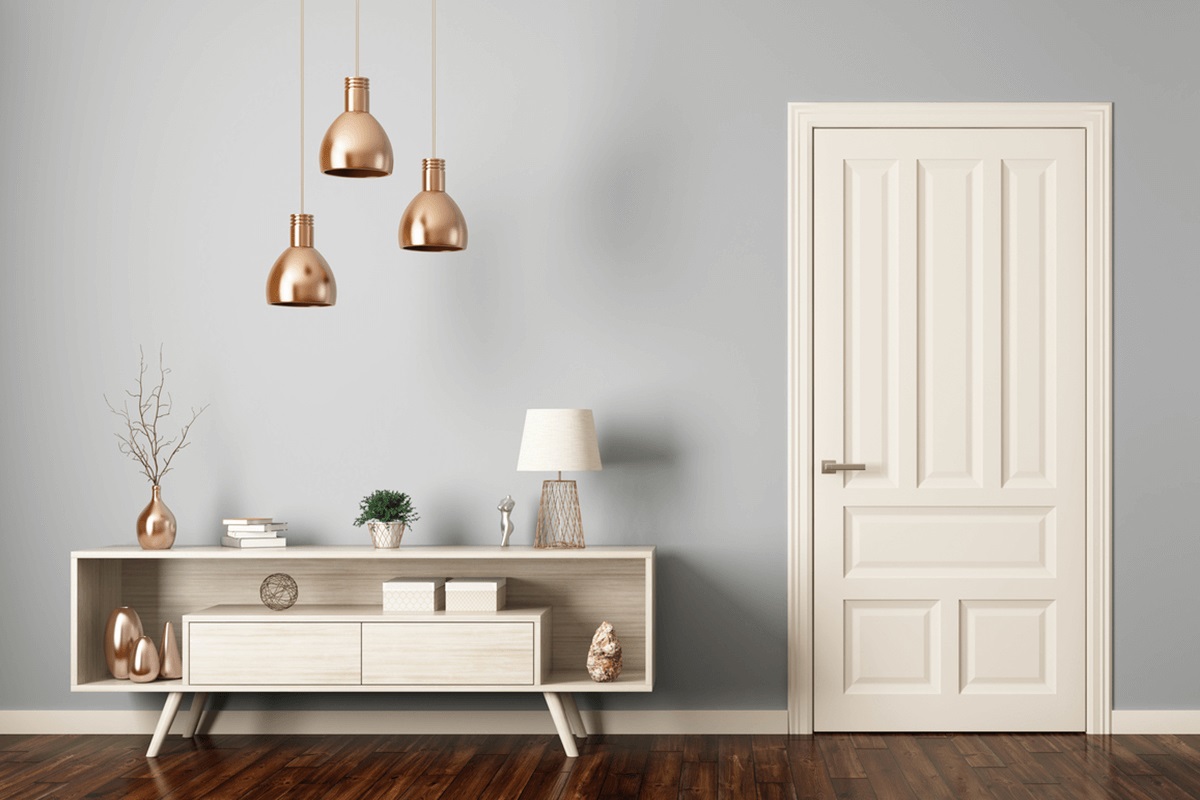
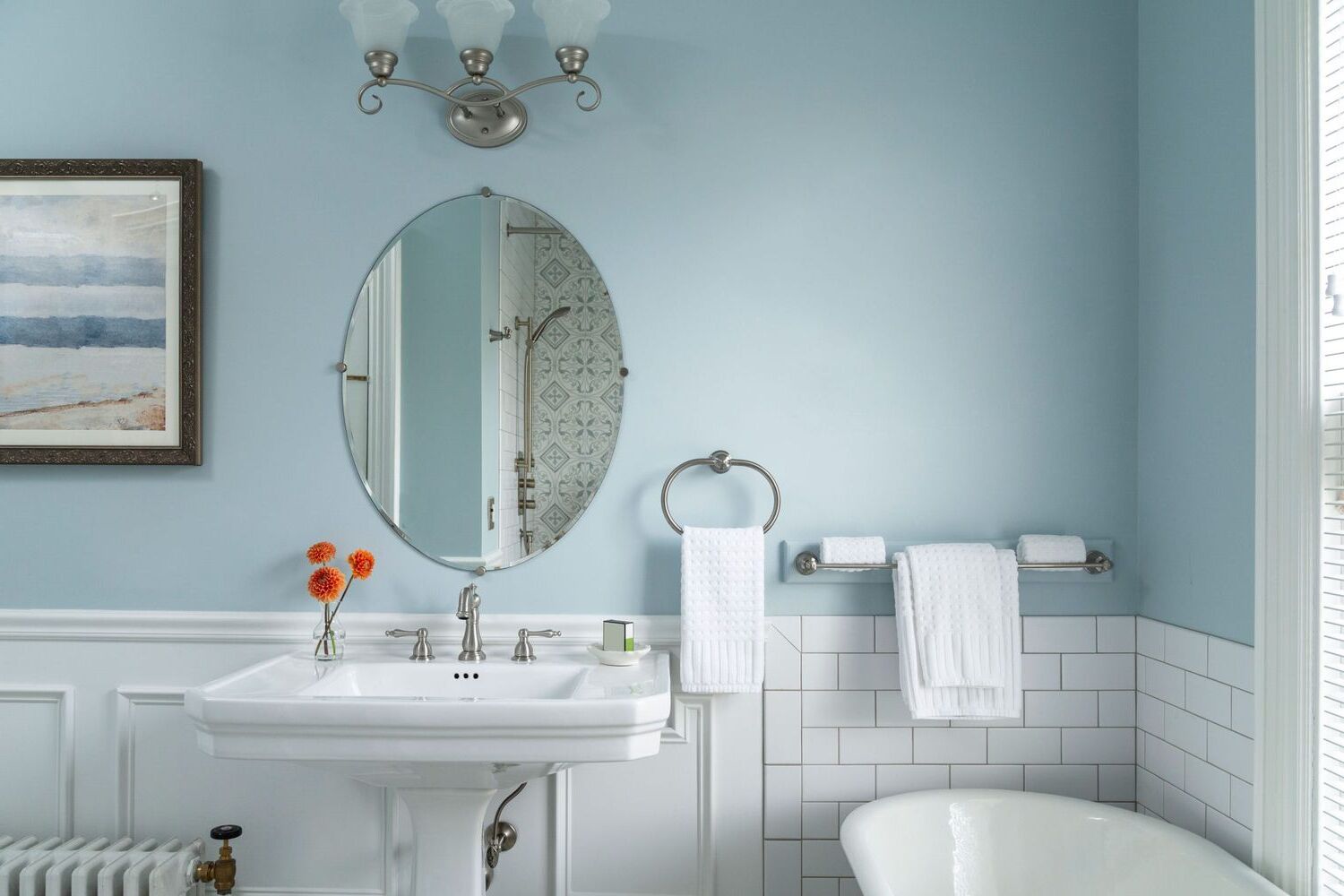
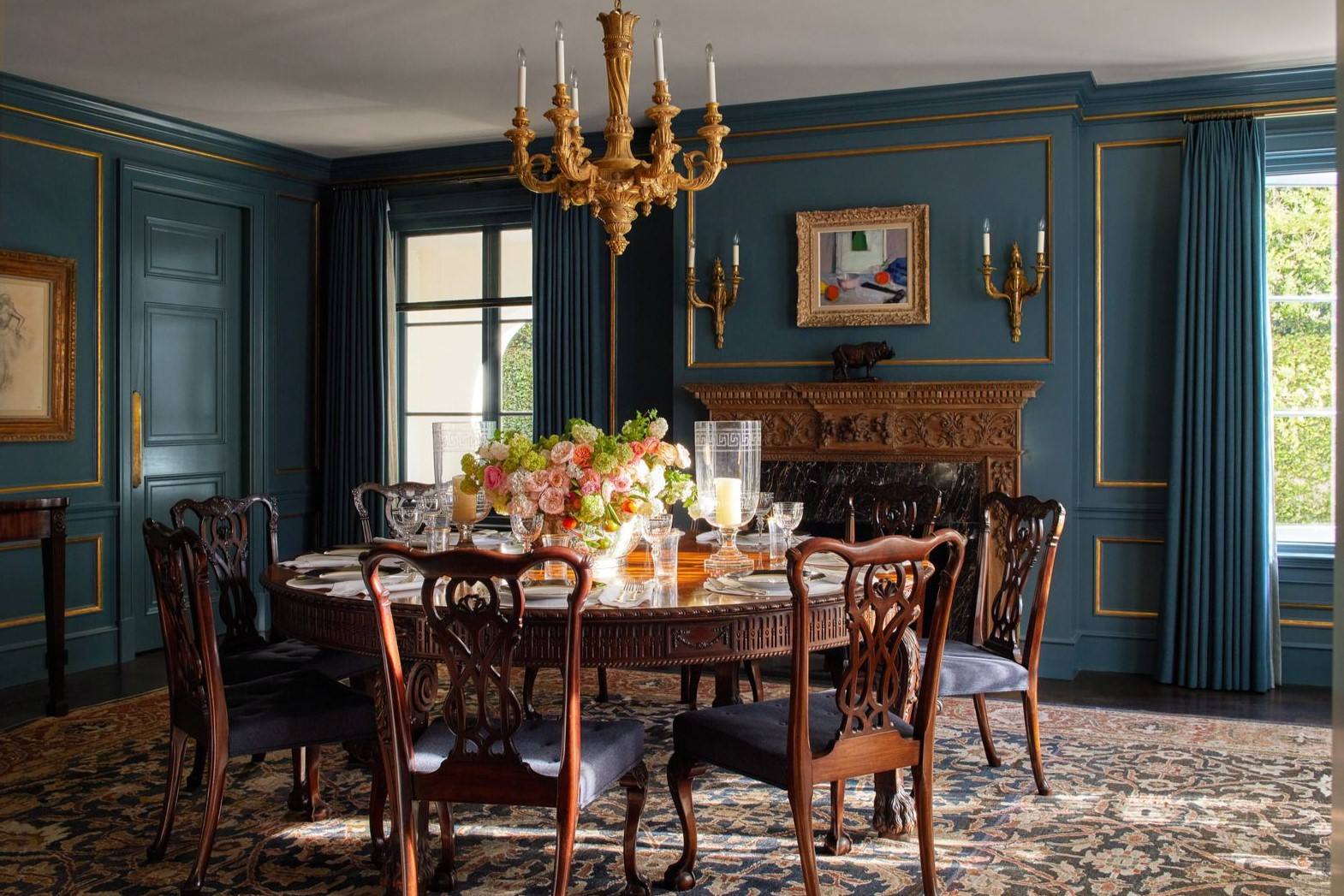
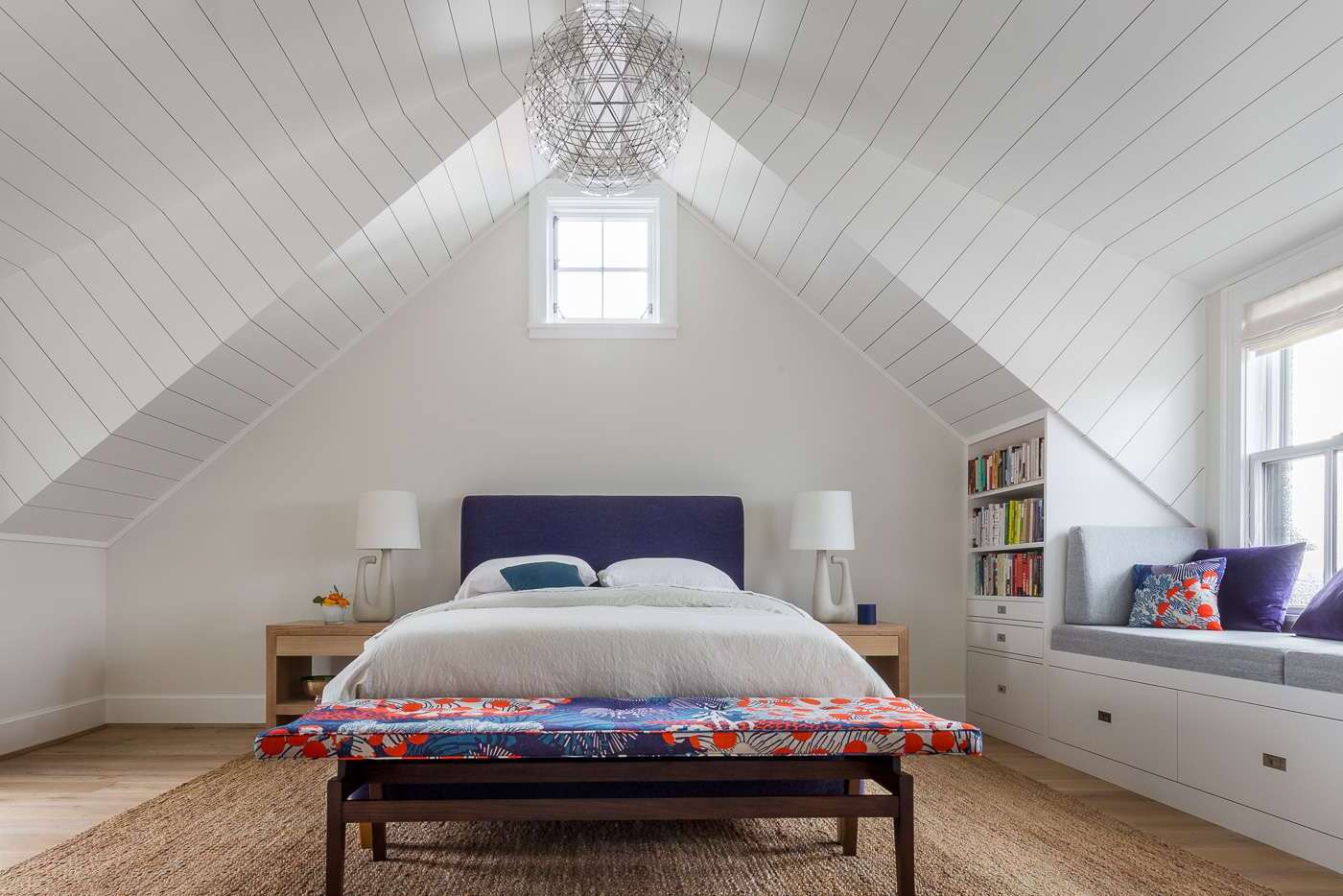
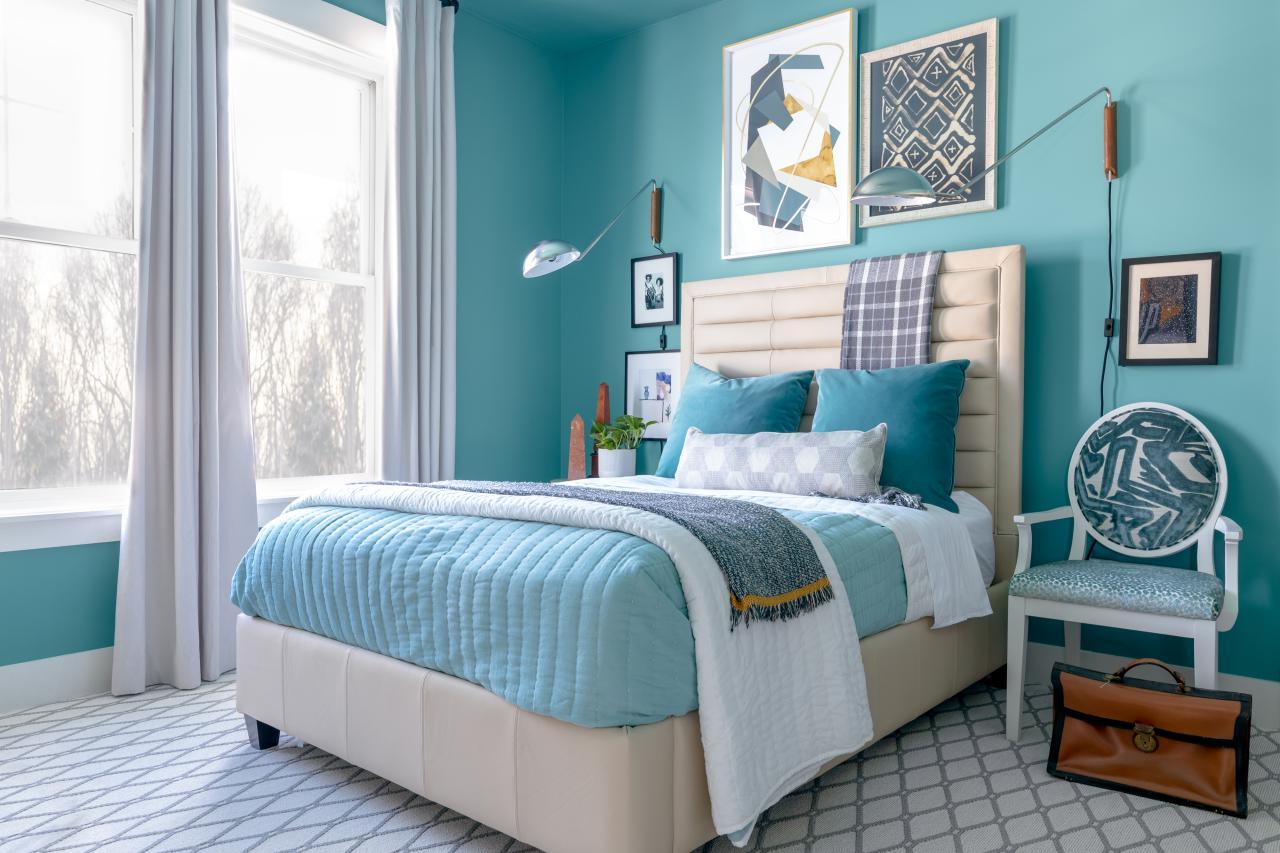

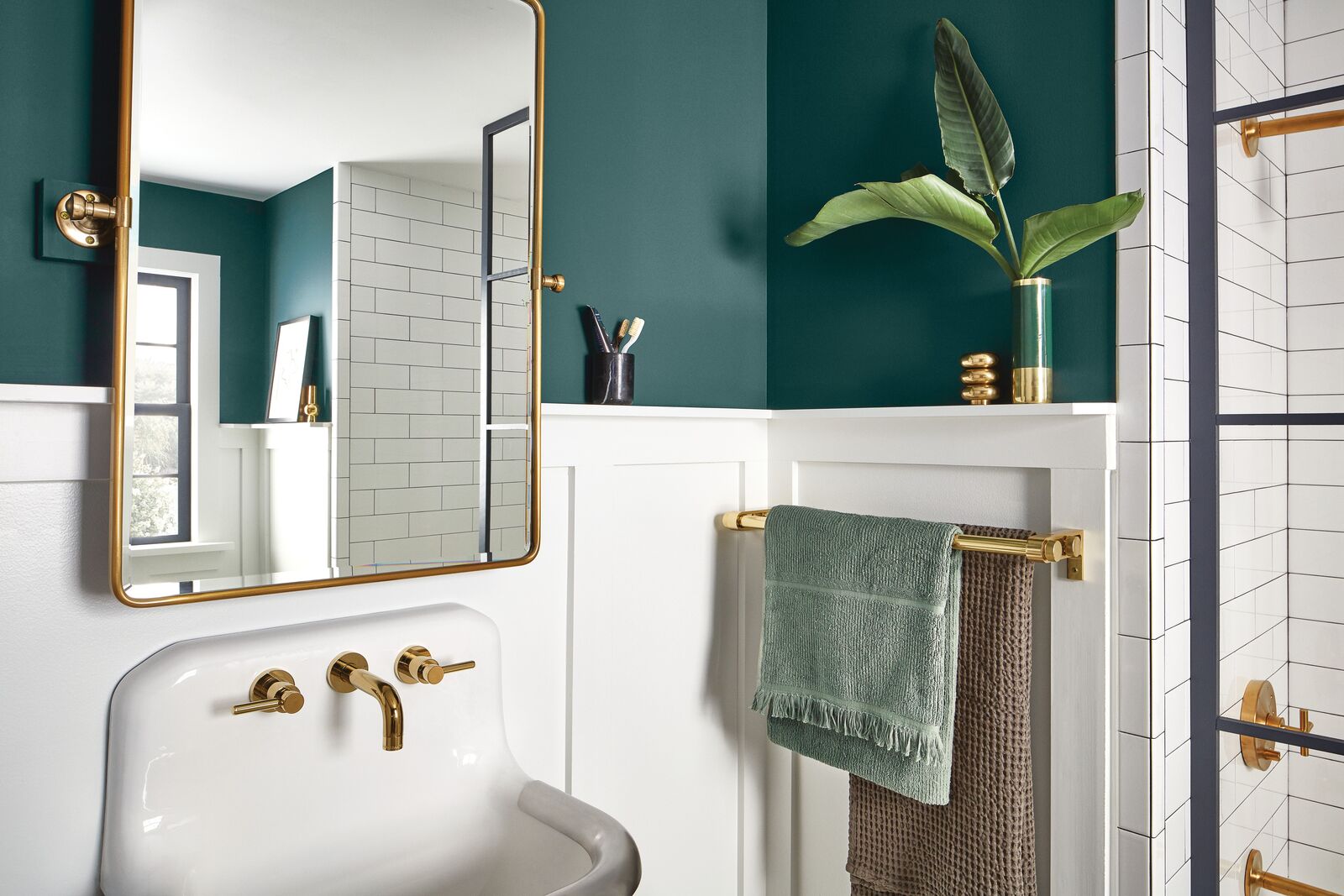

0 thoughts on “How To Choose The Right Exterior Paint Colors”